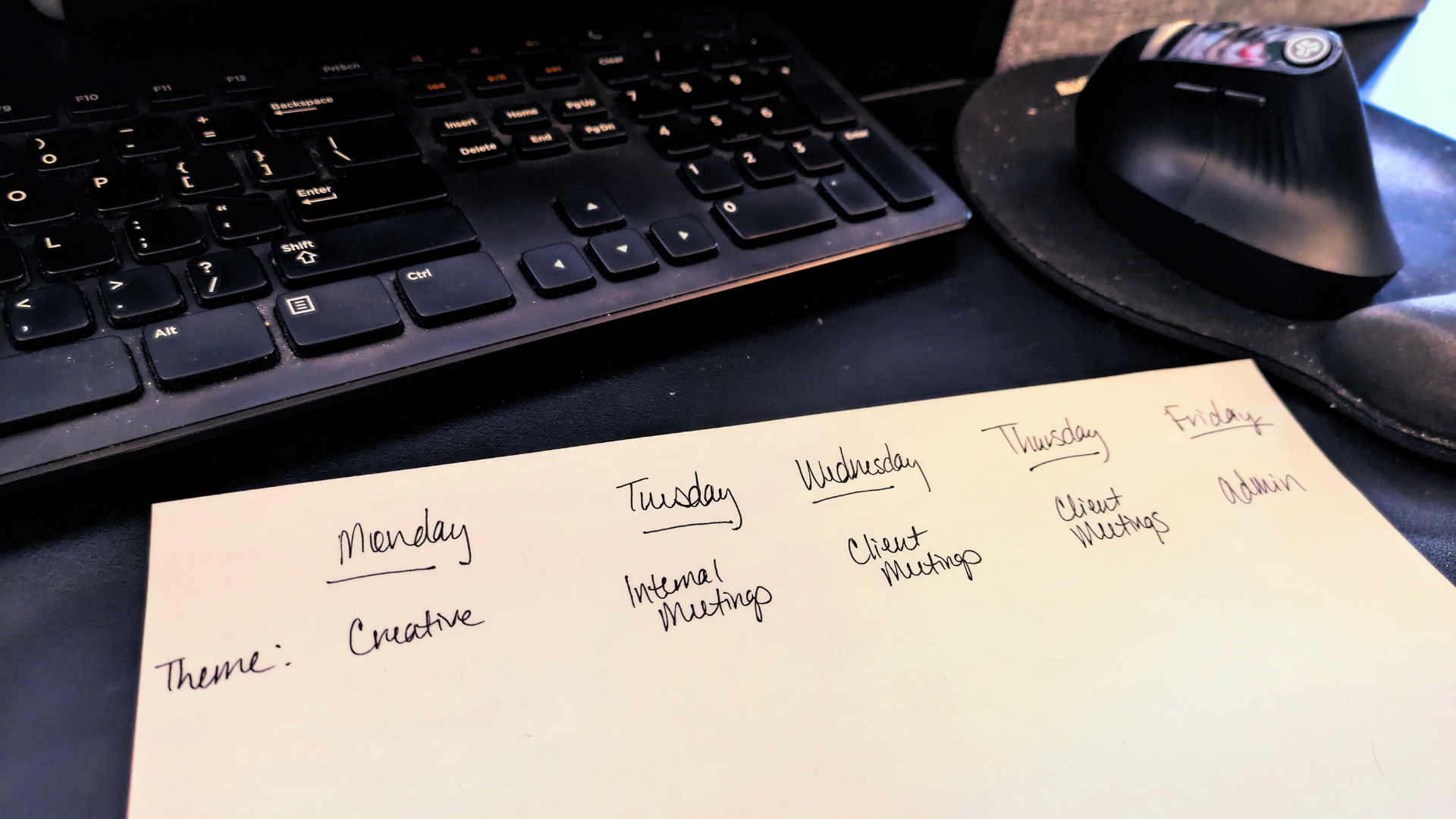In the quest for team productivity and organizational success, leaders often become the unwitting architects of burnout. What if the greatest threat to your team's sustainability isn't market pressures or resource constraints, but the example you're setting as their leader?
The Contagious Nature of Performance
Research consistently shows that performance behaviors are contagious in the workplace. Studies from Harvard Business School found that employees who work alongside high performers can see up to a 15% boost in their own productivity. Conversely, sitting within a 25-foot radius of a low performer can decrease a team member's effectiveness by 10%.
But what happens when that influential presence is you—the leader? Your work habits, communication patterns, and approach to time management don't just impact your performance; they establish the unwritten rules for your entire team. When leaders model burnout behaviors, they're essentially giving their teams permission to follow the same destructive patterns.
The Mirror Effect: 5 Leadership Mistakes That Burn Out Teams
After years of making these mistakes myself and working with countless organizations as a team productivity consultant, I've identified five common leadership behaviors that unintentionally push teams toward burnout:
1. Death by a Thousand Meetings
The average professional spends nine hours weekly in meetings, with organizations wasting approximately $37 billion annually on ineffective meetings. As leaders, we often default to scheduling meetings for every decision or discussion, pulling valuable team members away from productive work.
When your calendar as a leader shows only five available hours in a 45-hour workweek, you're not just sacrificing your productivity—you're setting an expectation that constant meeting attendance takes priority over focused work. Each 60-minute meeting actually consumes 90 minutes when you factor in preparation and transition time, creating significant opportunity costs.
The Solution: Conduct a meeting audit. Question whether each meeting has a clear purpose, the right attendees, and appropriate frequency. Empower your team to decline meetings that don't require their full participation, and don't accept meetings without agendas.
2. The "Open Door" Policy Paradox
While accessibility is important for leadership, an unrestricted open door policy trains your team to bring every problem to you instead of developing their own problem-solving capabilities. These "got a quick sec?" interruptions often stretch into 20-30 minute conversations, destroying your productivity while stunting your team's growth.
The Solution: Create intentional containers for communication. Establish regular one-on-ones (weekly or biweekly) where team members know they'll have your undivided attention. Implement an @Agenda list where non-urgent items can be collected for discussion during scheduled meetings with common stakeholders (i.e. @MyBoss, @FacilitiesManager, etc.). For truly time-sensitive issues, consider defined "office hours" when you're available for drop-in conversations.
3. After-Hours Email Purgatory
When leaders respond to emails at midnight, they establish an unspoken expectation that team members should be available around the clock. The average office worker already spends 13 hours weekly processing 121 daily emails, with over one-third reporting that email fatigue could eventually drive them to quit.
The Solution: Block 2-3 dedicated times daily for email processing (not constant checking), and focus on processing communication rather than doing work within your inbox. Limit carbon copying to reduce unnecessary email volume, and model appropriate boundaries by avoiding after-hours correspondence.
4. Lack of Prioritization
When leaders try to tackle everything that crosses their desk, they signal to their teams that every request deserves immediate attention. This approach dilutes focus, prevents excellence in any single area, and creates the overwhelming sensation of having 60+ items perpetually on your to-do list.
The Solution: Identify the 20% of activities that produce 80% of results, and be willing to eliminate or defer less impactful work. Set a Daily Big 3 and Weekly Big 3 to maintain focus on high-value activities. Initiate workload conversations with team members, teaching them to negotiate priorities when new requests arise instead of silently accumulating more responsibilities.
5. Neglecting Personal Rest
Leaders who sacrifice sleep, skip breaks, and forfeit vacation time normalize these harmful behaviors for their teams. Sleep deprivation reduces cognitive function, increases irritability, and damages relationships, making it virtually impossible to show up as an empathetic, effective leader.
The Solution: Prioritize 7-9 hours of sleep, take regular breaks throughout the day, and use your vacation time. Model sustainable work habits that acknowledge humans need rest to perform at their best.
Breaking the Cycle
The first step toward creating a more sustainable team culture is recognizing how your own behaviors might be contributing to burnout. As Taylor Swift would say, "It's me. Hi. I'm the problem, it's me."
When we see our teams overwhelmed, making preventable mistakes, or disengaging from our mission, we must look in the mirror and ask what example we're setting. Are we demonstrating that constant availability, endless meetings, and sleep deprivation are the price of success?
True productivity isn't about maximizing every minute of the day—it's about helping your team invest their time wisely so they can contribute meaningfully to work while maintaining the energy and enthusiasm that makes them effective in the first place.
By addressing these five common mistakes, you can create a culture where your team can win at work without losing at life. The ultimate productivity trap isn't working too little—it's working in ways that make sustainable success impossible.
If you'd like to have a deeper conversation about your team's productivity habits and time management skills, let's chat. I help organizations implement sustainable productivity practices through team training, workshops, and one-on-one coaching.
.png?width=500&height=100&name=White%20transparent%20(1).png)




